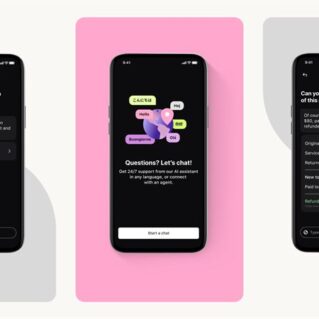(This article was written by Maneet Ahuja and appeared on Forbes.com.)
Many employers should adopt a “hybrid” model of office work, with some employees in the office and others working remotely. Clearly communicate phased reopening plans with employees, especially new office protocols, such as testing and wearing masks.
What Public Health Experts Say
- Consider a staggered return. “Offices may consider starting slow by opening with fewer people at first,” says Dr. Mark Kortepeter, an epidemiology professor at the University of Nebraska Medical Center and author of Inside the Hot Zone. He also suggests shifting work schedules and “having liberal stay at home policies if people are ill.”
- Antibody testing can be a helpful tool but not a panacea, Kortepeter says. The accuracy of the tests can vary, especially because there is a lag time between being infected with the virus and developing antibodies. We also don’t fully understand whether having antibodies translates to protection from infection and for how long.
- Build areas of protection. The virus mostly spreads via large respiratory droplets, so using plexiglass or other types of barriers can block some of the direct spread of these droplets.
- Minimize face-to-face contact by instituting virtual meetings. For in-person meetings, make sure there is enough room to socially distance.
- Establish employee protocols around personal protective equipment, such as masks and gloves.
What Industry Experts Say
- Adopt a “hybrid” approach to reopening. “Some jobs are better performed remotely and some are better performed in the office,” says Johnny C. Taylor, Jr., President and CEO of the Society for Human Resource Management. “Employers are going through that process literally by job category.”
- There are varied ways to reopen, says Taylor. The society’s most recent survey of employers found 39 percent were planning to implement a phased reopening strategy, with critical teams returning first, while 19 percent plan to implement an alternating schedule strategy, with most employees returning on alternating days or weeks.
- Establish a policy around personal protective equipment, such as masks and gloves, because lax or conflicting guidelines will cause confusion. “We are now watching very closely what happens when you get people back into the workplace, particularly where businesses don’t mandate the wearing of a mask,” says Taylor. “You have a new area of dispute that’s going to need to be resolved by employers.”
Entrepreneurial Hacks
Facebook CEO Mark Zuckerberg recently announced sweeping changes to its remote work policies, such as allowing employees to request the option of permanently working from home and “aggressively” increasing the hiring of remote employees to diversify its workforce. “For the last 10 or 11 weeks, we’ve had 95 percent or more of our population working remotely and what we’ve found is that we’re still able to get a lot of work done,” says Lori Goler, Facebook’s Vice President of People. The new emphasis on remote hiring will allow Facebook to expand its talent pool geographically. “It really creates a lot of opportunity across the United States. So now you don’t have to live in one of the locations [where we have offices] which means that people don’t have to get up and leave their communities,” Goler says.
When the social media giant starts to reopen offices as permitted by state and local officials, they expect to operate at no more than 25 percent capacity in the near-term while proper safety measures are put in place. “We decided that we would take a more conservative approach, both in terms of leaving the offices and in terms of returning to the offices,” Goler says.
Red Flags
Be alert for working conditions (or fellow employees) that are not complying with safety guidelines. Offices are full of high-touch surfaces—door handles, light switches, appliances—so check what the new cleaning and disinfection protocols are in your office. Stay away from crowded conference rooms or other commons areas where people are unable to socially distance.
The Silver Lining
While working remotely is a big change for many people, it also allows for much greater geographic diversity in hiring and access to a whole new pipeline of talented recruits. Plus, many companies will likely take a hybrid approach of having some people work remotely and others in a physical office. “Every company will have to do what’s right for their company and situation but what we found is that it’s actually worked out really well for us,” says Goler of Facebook. “And we’re pretty excited and optimistic about the future.”


